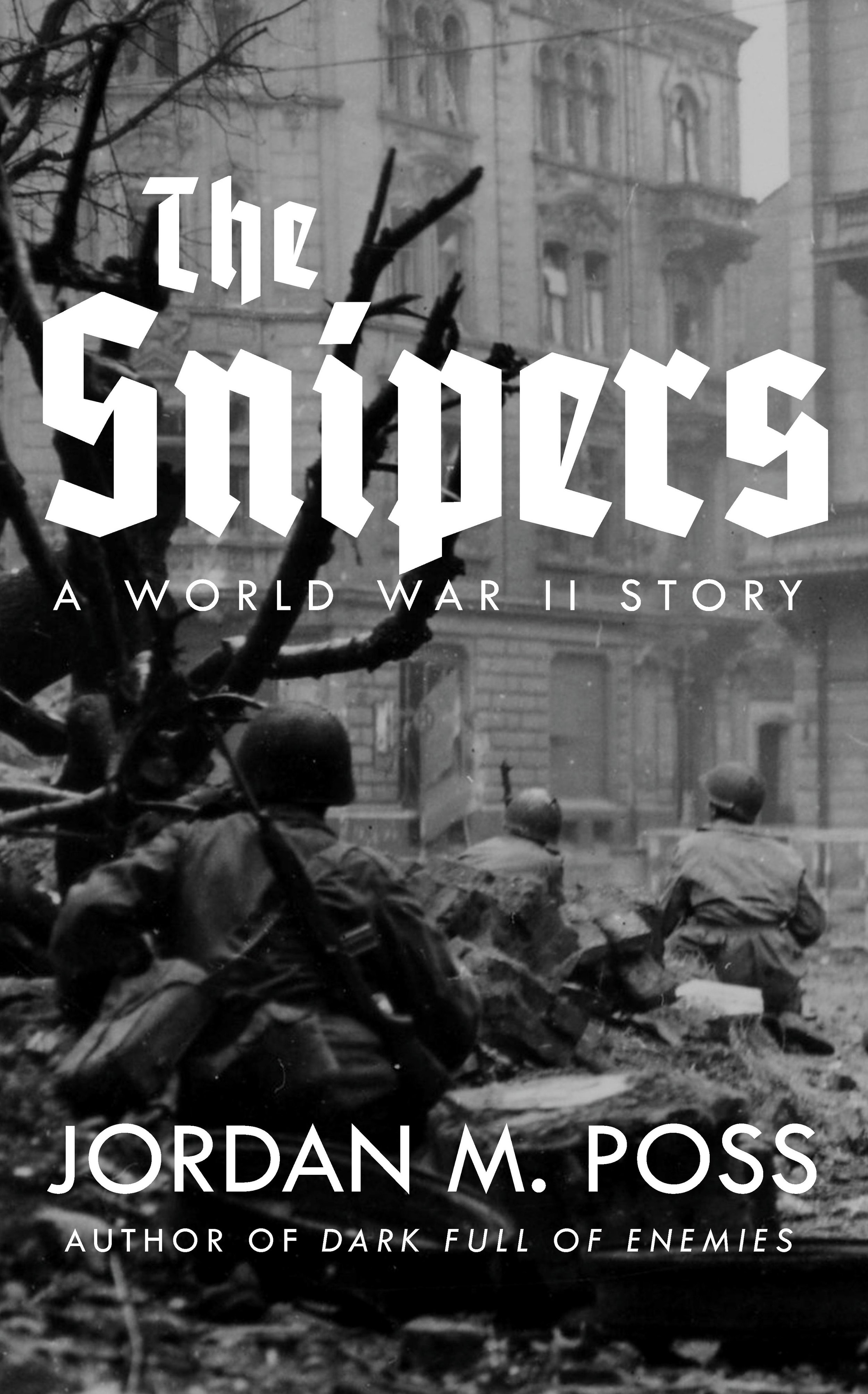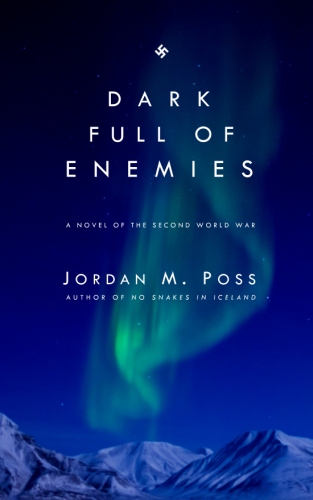Magua appreciation
/Wes Studi as Magua in The Last of the Mohicans (1992)
A few days ago Alan Jacobs posted a short appreciation of Michael Mann’s 1992 The Last of the Mohicans on his microblog. His first observation (of three) and his highest praise: “The best actor in the movie, by miles, is Wes Studi.”
Agreed. And recall that this movie stars Daniel Day-Lewis.
Comparison with Day-Lewis is instructive. As Hawkeye, Day-Lewis is impressive and believable. His preparation for the role—living in the woods doing the things an 18th-century frontiersman would do—is legendary. But his job as the hero is less complicated than Studi’s as the villain. Hawkeye must be believably tough, tenacious, and capable, not to mention charismatic enough for us to believe that this buckskin-clad wildman can get the girl, and Day-Lewis pulls this off handily. But Hawkeye, though a compelling character, is not deep. His openness is part of what makes him a hero.
Studi’s Magua, on the other hand, is all hidden depth. A French-allied Huron pursuing his own war of revenge against a specific British family for reasons he mostly keeps to himself, when we meet him at the beginning of the movie he is posing as a friendly Mohawk. He has somehow insinuated himself into British employ as a scout and guide and comes within a hairsbreadth of exacting his long-sought revenge, and even in the moment of his near-triumph he is cool and controlled. The only clue that he may not be what he seems is hidden in the subtitles. His behavior reveals nothing.
Studi takes a role that could have been merely inscrutable and imbues him with calculation. Watch any scene in which Magua appears—especially scenes in which he silently watches, like the British-French parley at Fort William Henry—and you can see Magua assessing and planning. His stillness is not passivity, and self-control is both his most admirable and his most dangerous trait. Compare Gary Oldman’s George Smiley in the more recent Tinker Tailor Soldier Spy.
I think Studi’s finest scene may, in fact, be entirely wordless. In the climactic mountainside showdown, Hawkeye’s adoptive brother Uncas ambushes and attempts to stop Magua in order to save Alice Munro, who has been sent into captivity/marriage by a Huron chieftain. Magua kills Uncas and Alice, distraught, despairing, throws herself from the cliff. Watch this interlude, a pause in the musket and tomahawk action, and pay attention to the range of emotion in Studi’s Magua as he fights and kills Uncas, tries to coax Alice away from the edge, and, puzzled, moves on.
The long closeups Mann gives him as he tries to understand Alice are powerful. The one shot of him lowering his knife tells an entire internal story. This is, notably, one of only two instances in the movie in which Magua shows any kind of vulnerability. I always leave that scene moved, and more for Magua than for Alice.
I could say more. Studi is terrific, one of the great screen villains in one of my favorite movies. Watch it if you haven’t.
Studi, by the way, is a Vietnam veteran. He talks a little about how that experience has influenced his career in this great GQ interview about his most famous roles. A great watch. In 2018 he paid tribute to veterans at the Oscars, speaking Cherokee—supposedly the first time a Native American language was used in an Oscar speech. The next year he received an honorary Oscar and thanked, among others, Michael Mann.
Jacobs’s final point in his brief post: “Michael Mann is such a ‘city’ director that it’s constantly surprising to see how beautifully he films forests and streams—and, in one memorable case, people crossing a bridge.” No argument. Jacobs includes a screenshot of this scene:
That’s the bridge over the Bass Pond in the grounds of the Biltmore Estate outside Asheville. It was designed, along with the rest of the gardens and grounds, by Frederick Law Olmsted, who also designed Central Park.
The Last of the Mohicans is set in upstate New York in 1757, and the question of whether there was anything like this in Albany when it was a frontier town nags at the pedant in me. But it’s a beautiful shot of a beautiful place, and nicely sets up a contrast with the untamed wilderness into which Mann’s civilized British characters are about to follow Magua.






